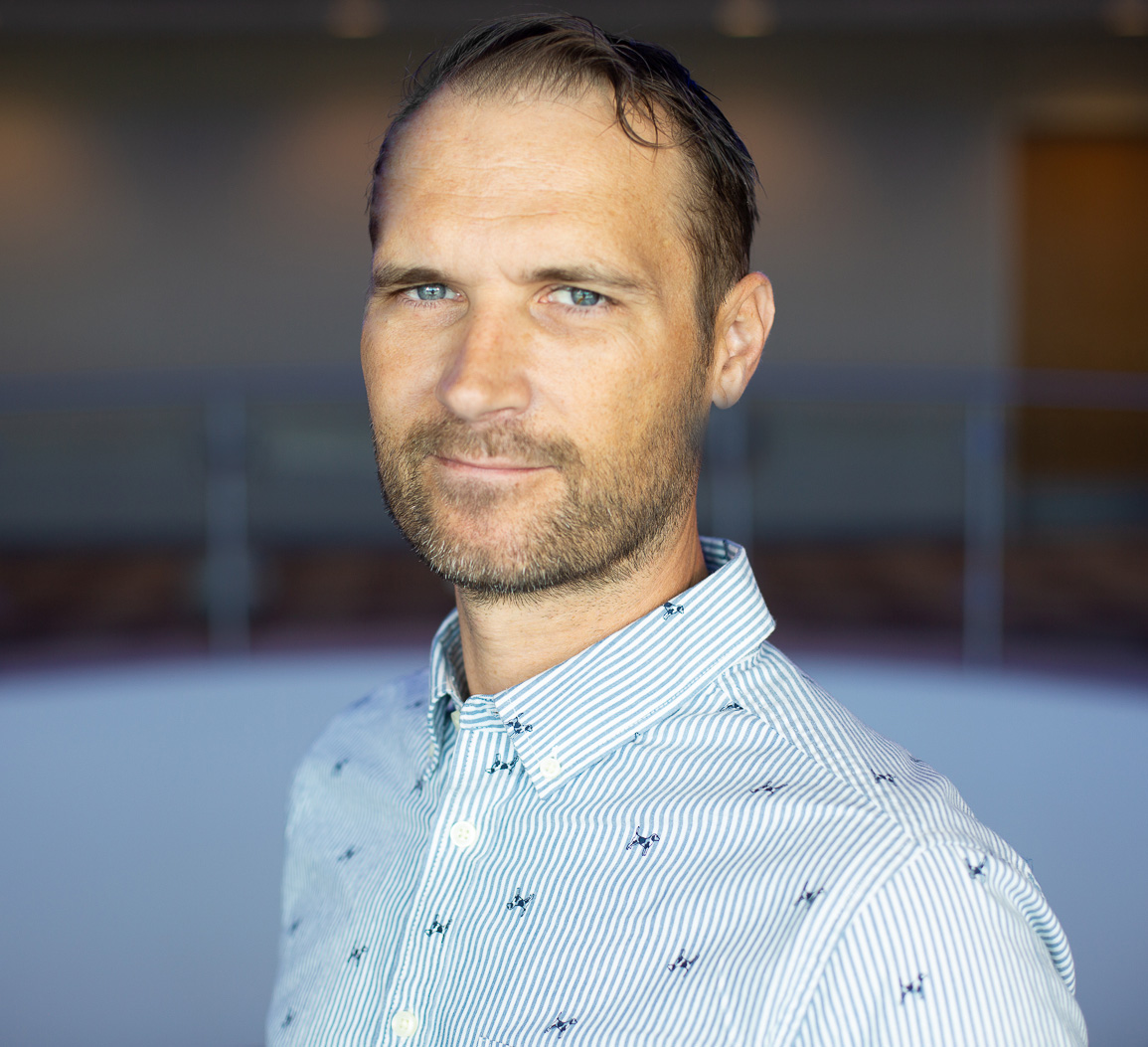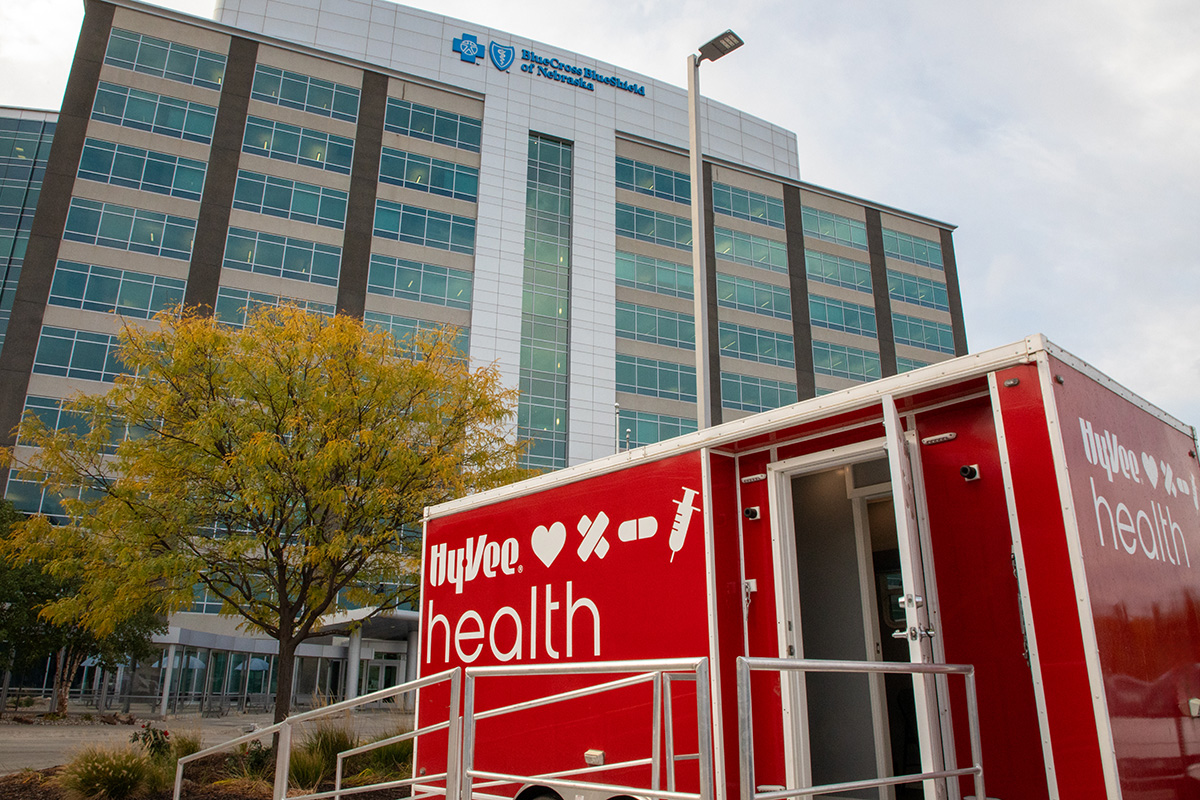Telemedicine has fundamentally changed the face of health care across the state and, say area medical professionals, the technology is just scratching the surface.
“The people we’re training in medical school now, it’s not science fiction to think they will be seeing a lot of their patients in the patient’s own home through telemedicine,” said Dr. Thomas Magnuson, associate professor in the division of geriatric psychiatry at the University of Nebraska Medical Center. “You can do it through tablets, you can do it through a phone, as long as it’s encrypted there shouldn’t be any reason you couldn’t do it that way.”
Over the past 14 years, UNMC has established more than 70 sites statewide and adopted ancillary technology that allow for a wider range of conditions to be addressed.
“It’s fairly easy to use in mental health because you’re talking to somebody,” Manguson said. “But you also no have devices where you can put a stethoscope on somebody’s chest and the cardiologist can her it through headphones.”
The systems is increasingly critical for emergency and time-sensitive situations, he said.
“There’s certain medication that, if you give within a certain time of a stroke, you can break the clot up. But if it’s a bleeding stroke, you’ll make it worse.” Magnuson said. “For a small-town hospital, (telemedicine) gives them the ability to send pictures of scans to a neurologist and have them, as experts, make that decision within minutes.”
In addition to benefiting patients, telemedicine also provides benefits for the state’s medical personnel.
“Telemedicine improves the quality of life for physicians, allowing critical access hospitals to retain physicians longer and making it easier to recruit new physicians,” said Andrew Whitney, director of telemedicine serves and Bryan Telemedicine. “Our rural ER/hospital coverage allows critical access hospitals to have access to a physician who can examine, diagnose and manage the care of a patient remotely. This takes the burden off of the local primary care staff who covers the clinic all day and the ER all night, often leading to physician burnout.”
Byran Telemedicine, which started two years ago and already has expanded to 30 locations statewide, also helps physicians be more efficient in their duties.
“Outpatient services can dramatically improve physician efficiency; physicians can schedule additional patients into the hours they used to drive to rural hospitals,” Whitney said. “Instead of windshield time, they have expanded clinic time, increasing access to care. Many outpatient services we provide are otherwise completely unavailable in large areas of the state.”
Technology is also critical for companies providing health care related services, such as insurance. Blue Cross and Blue Shield of Nebraska’s myblue is a website customized to each individual policyholder.
“Just as you might use a bank website to see transactions, deposits and track spending, myblue works in this same, providing access to your ‘health care wealth’,” said Dr. Joann Schaefer, executive vice president of Blue Cross and Blue Shield of Nebraska. “Members logged into myblue see personalized deductible information, benefits and claims. But it doesn’t stop there; carefully curated selection of content leads members to tools and resources, enabling and empowering their health care choices.”
Besides helping users compare cost and quality information about doctors, hospitals, procedures and prescription drugs, myblue’s documents feature provides insights into health history, diagnosis and medications in one central location.
“Today’s consumer expects a range of choices and options for virtually everything they want to buy, but they may not realize that these things exist for their most critical asset, their health,” Schaefer said. “No longer should consumers be passive recipients of information and services; our member portal, myblue, is our members’ most powerful asset.”
By Dwain Hebda from the Midlands Business Journal





